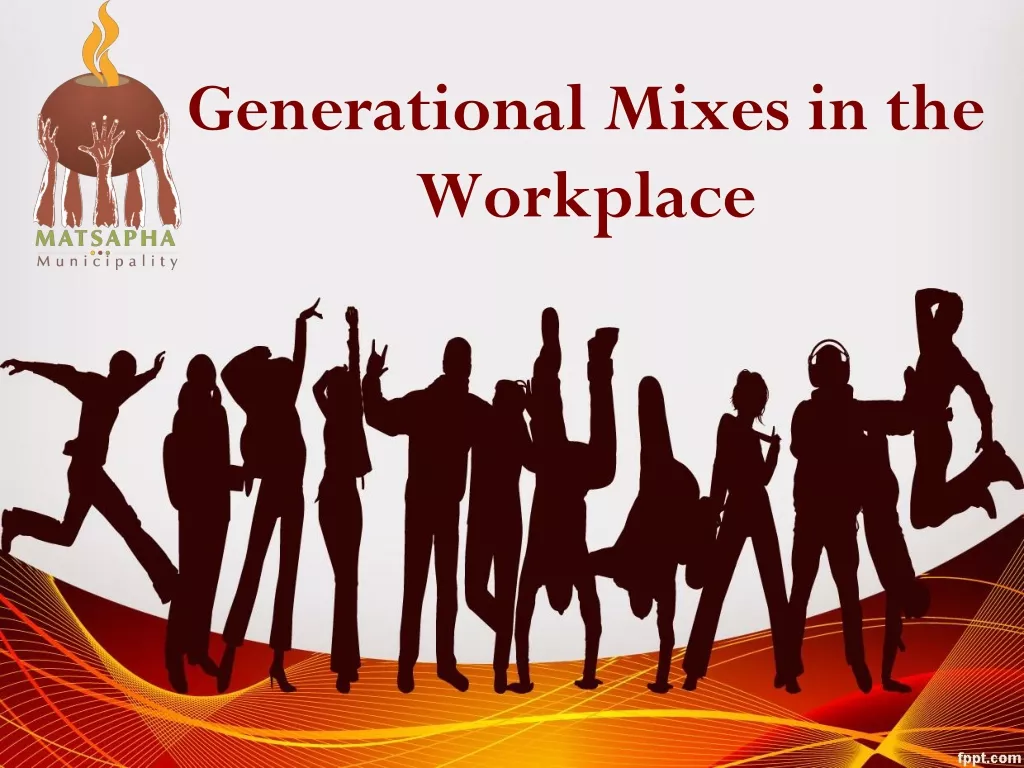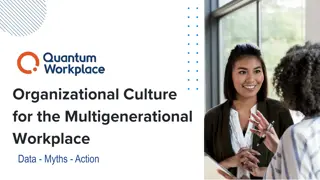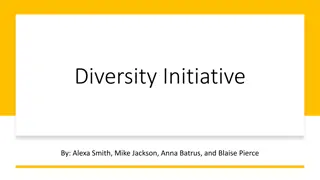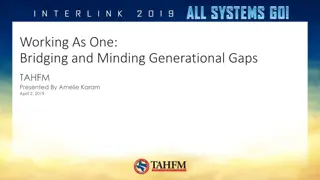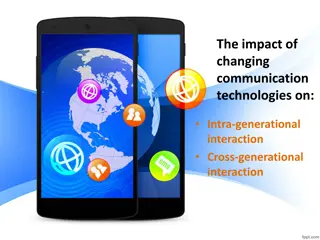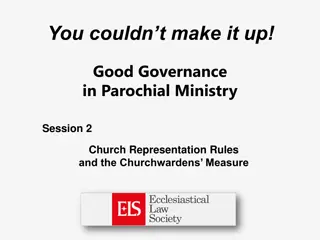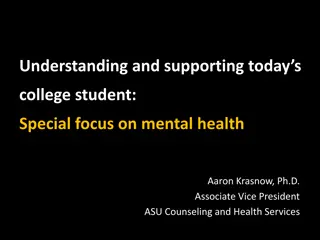Navigating Generational Diversity in today's Church Leadership
Embrace a trans-generational leadership approach to address generational shifts and conflicts within the church. Explore Generational Intelligence (GQ) to understand and engage different age groups effectively, fostering unity and fulfilling the church's mission. Learn about key generations like Veterans, Baby Boomers, Gen X, Gen Y, Gen Z, and Alpha Generation, each shaping the church in unique ways.
Download Presentation

Please find below an Image/Link to download the presentation.
The content on the website is provided AS IS for your information and personal use only. It may not be sold, licensed, or shared on other websites without obtaining consent from the author. Download presentation by click this link. If you encounter any issues during the download, it is possible that the publisher has removed the file from their server.
E N D
Presentation Transcript
Todays world and even the church generational. is multi- As develop leaders that are trans-generational. such, we need to
A leader who understands and can work with the different generations that constitutes today s church. A someone who has developed what is referred to as INTELLIGENCE (GQ) trans-generational leader is a GENERATIONAL
Generational Intelligence (GQ) is defined as the capability required to leverage an age-diverse workforce (or church congregation) Poornima Luthra, World Economic Forum, Feb, 2019. Generational Intelligence also means raising your awareness of cross generational interactions Amy Lynch, 2020.
There is a generational shift occurring and this could generational conflict hence, the need to improve our GQ in ensuring we fulfill the mandate of this commission. be a source of One generational conflict is that older and younger generations misinterpret each other s behaviour. of the biggest reasons for
Generation can be defined as a group of people born in the shaped by the same times and influenced same social Mark McCrindle, 2011. same era, by the markers
1. VETERANS 2. BABY BOOMERS 3. GEN-X 4. GEN-Y 5. GEN-Z 6. ALPHA GENERATION
By statistics, they are born before 1946. Most of the generation have retired from the workforce. However, experience and expertise is still in need in various endeavours. people in this their areas of
Born these generation still accounts for roughly one-third (31%) of the workforce. between 1946 and 1964, They are leaders that model right behaviours and can be trusted as well as loyal to those that have their back.
Born between 1965 and 1979, they account for 32% off the workforce. They genuine and hands-off in their leadership approach. are straight-forward,
Born between 1980 and 1994, they account for 34% of the workforce. By 2025, they will represent 75% of global workforce. They are leaders who are enablers and create opportunities for growth and meaningful work. Also they give developmental feedback.
Born between 1996 and 2010, this generation is just workforce. entering the They connected footprint is aspirational. They seek inspirational leaders. are leaders and who are whose digital
1. They will be the most educated Generation in history. 2. They are tech-savvy. 3. AI (Artificial Intelligence) is their reality. 4. Social media will be their dominant mode of interaction. 5. They don t play by the rules. 6. They are constantly changing. 7. They live at the moment. 8. They are trendy.
1. Educate 2. Empathize 3. Engage 4. Encourage 5. Enable
Set aside your own agenda. Be available and receptive emotionally as well as through body language. Try to appreciate the other person s point of view. Listen without being in a hurry to take over. Try to imagine yourself in the other person s place; feel what the speaker feels. Help draw out thought questions. Have the speaker elaborate for further understanding. Say, let me make sure I understand. and then restate the issue. Be sensitive to the speaker s feelings. and feeling by asking

 undefined
undefined


